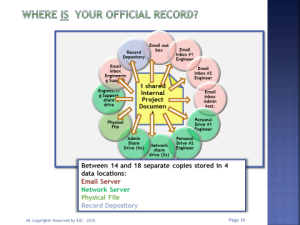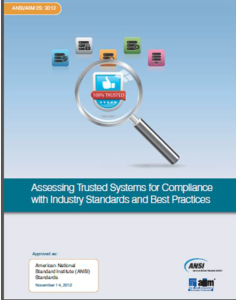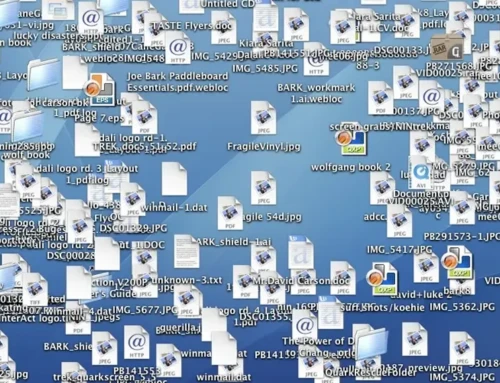Records out of control?
Do you have too many electronic copies of one document so you don’t know which version is the latest?
You know you want (and need) to fix it, but how do you start?
Where to start is actually easy. Begin with an assessment to determine exactly where your records are and how best to develop a strategic approach and roadmap to getting them under control. The content management industry, under authority from the American National Standards Institute (ANSI) has created an industry standard for how to approach the assessment. ANSI/AIIM Standard 25 gives you that place to start to assess your organization’s content management as benchmarked against industry standards and best practices.
Before you can truly begin to address the situation, you must understand how your organization currently governs its information. As part of the assessment you also identify what are the needs of the organization. For example, many organizations manage paper records in accordance with a retention schedule. However, many more fail to apply any retention schedules to their electronic records, which really leaves the organization out of compliance with the record retention schedule. Unless disposed of properly, those electronic versions of the paper records are still considered records of the organization and may be required to be produced during a lawsuit or for a public agency as part of an open records request (FOIA).
One of the hurdles you may face is how to convince executive management of the importance of doing an assessment and properly managing electronic records. Management teams who have faced lawsuits and understand that their entire organization can be brought to a standstill while searching for all relevant records will be your allies. However, for an organization that has not dealt with that scenario, you will want to describe in detail what can happen and demonstrate just where all the records are located. The graphic, below, is a sample of what we find all the time when we are doing assessments. There could easily be 15 versions on a single document. But, because courts almost universally say that meta data (or all the information contained behind the scenes of a document) is part of the electronic record – any change to those 15 versions; any information about who viewed it or who altered it must be captured and produced during litigation.

But, even if your organization is unlikely to become embroiled in a lawsuit that requires the production of a large number of records, you can share with your executive team that having 15 versions (or 12 or even 4) is not good business. How is an organization supposed to conduct business when its own records – those records that the business relies upon to make decisions every day – may not be reliable. The version that one employee is working on may not contain all the changes that another version may have, causing at best lost productivity and at worst the chance that the final product is not complete or built on incorrect assumptions. That is a poor way to operate any business.
So, the proactive step is to take a look at how your electronic content is being managed through an ANSI/AIIM Standard 25 assessment, develop a roadmap and start the process for properly governing all the information the organization owns.




